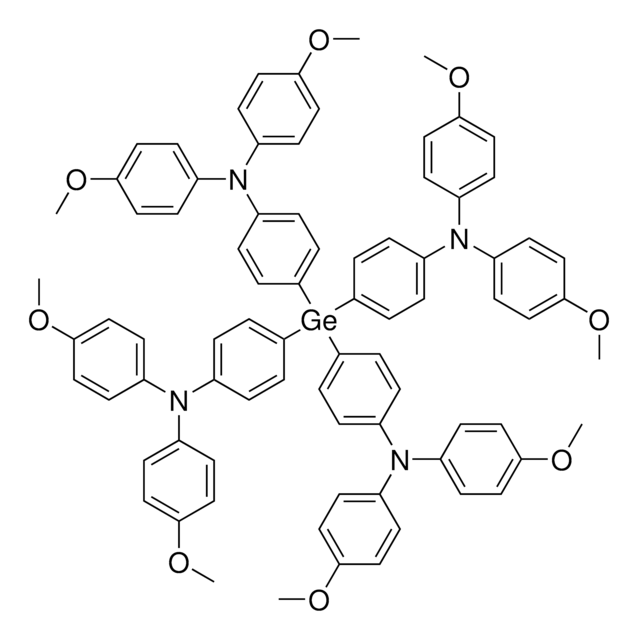850458P
Avanti
16:0-18:2 PC
1-palmitoyl-2-linoleoyl-sn-glycero-3-phosphocholine, powder
Synonym(s):
1-hexadecanoyl-2-(9Z,12Z-octadecadienoyl)-sn-glycero-3-phosphocholine; PC(16:0/18:2(9Z,12Z))
About This Item
Recommended Products
Assay
>99% (TLC)
form
powder
packaging
pkg of 2 × 100 mg (850458P-200mg)
pkg of 1 × 25 mg (850458P-25mg)
manufacturer/tradename
Avanti Research™ - A Croda Brand 850458P
lipid type
cardiolipins
phospholipids
shipped in
dry ice
storage temp.
−20°C
SMILES string
[O-]P(OCC[N+](C)(C)C)(OC[C@]([H])(OC(CCCCCCC/C=C\C/C=C\CCCCC)=O)COC(CCCCCCCCCCCCCCC)=O)=O
General description
Application
- has been used in liposomes for standard cell-free translation
- has been used in the extraction of serum lipids and in peroxisome proliferator-activated receptor-δ (PPAR-δ) assay
- might be used to study the effects of phosphatidylcholines (PCs) on lubrication of damaged mesothelium
Packaging
Legal Information
Storage Class Code
11 - Combustible Solids
Certificates of Analysis (COA)
Search for Certificates of Analysis (COA) by entering the products Lot/Batch Number. Lot and Batch Numbers can be found on a product’s label following the words ‘Lot’ or ‘Batch’.
Already Own This Product?
Find documentation for the products that you have recently purchased in the Document Library.
Customers Also Viewed
Our team of scientists has experience in all areas of research including Life Science, Material Science, Chemical Synthesis, Chromatography, Analytical and many others.
Contact Technical Service









